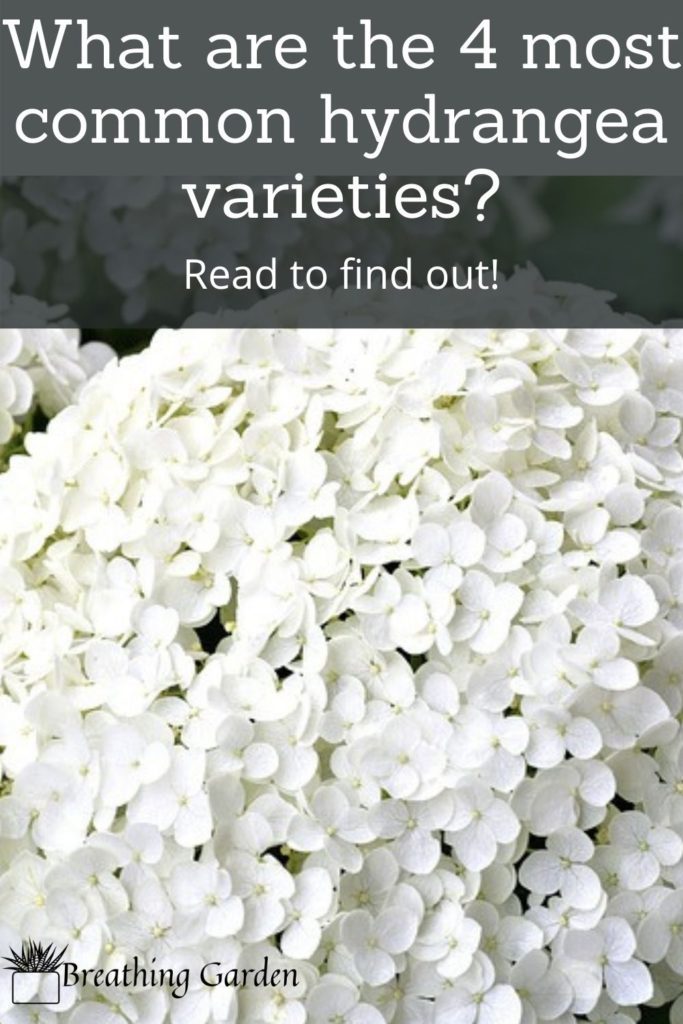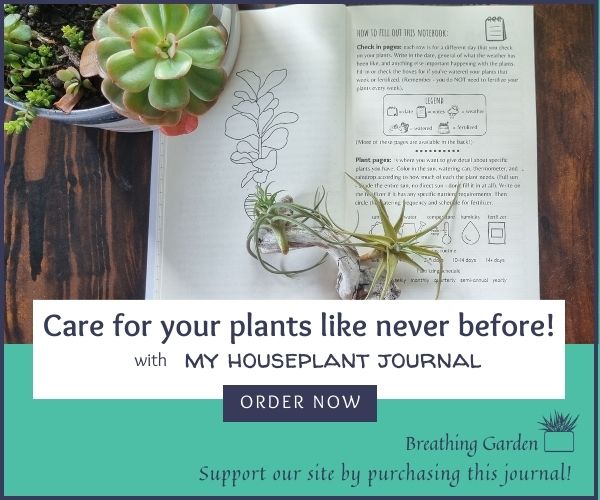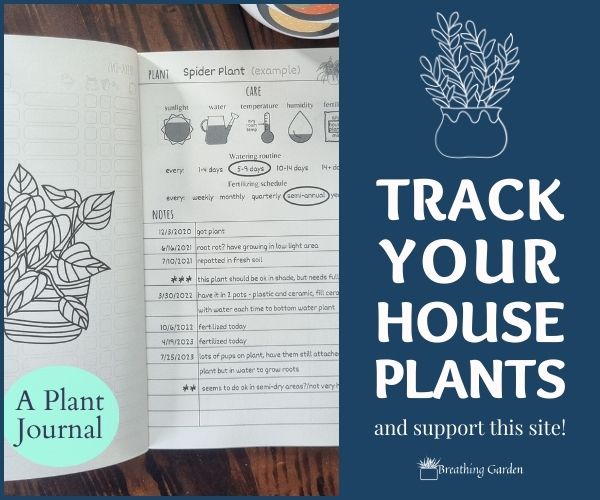Hydrangeas are a beautiful flower that are great for a burst of color in almost every garden. Like a lot of plants, there are a few different hydrangea varieties that go within this plant species. Each one has slightly different needs for growing and blooming, so it’s important to know which one you have in your garden!
*This post may include affiliate links. When you purchase items from these links, we will receive a small commission, at no extra cost to you, to help support this website. Thank you for your support! Read more ->
Along with these 4 hydrangea varieties, there are also different plants within these subsections, so there are so many different hydrangeas to choose from!
Related: Are Hydrangeas Poisonous? Do Deer Eat Hydrangeas? Transplanting Hydrangeas
The 4 main hydrangea varieties include smooth hydrangeas, panicle hydrangeas, big leaf hydrangeas, and oakleaf hydrangeas.
Old Wood Or New Wood?
If you’re new to hydrangea growing or other big shrubs, you may have not heard of these types of woods. Knowing about old wood vs new wood matters for when you’re pruning your hydrangea plant, so that you get the maximum number of flowers possible!
New wood hydrangeas mean the flower blooms on new growth parts of the shrub. These are the ones you want to prune early spring. These will still bloom if you’ve forgotten to prune them, so it’s not as important if you forget. New wood varieties include smooth and panicle.
Some hydrangeas bloom on old wood, or parts of the plant that have already grown. These you’ll want to deadhead after their last blooms, before winter. These include the bigleaf and oakleaf hydrangea varieties!
Smooth Hydrangea
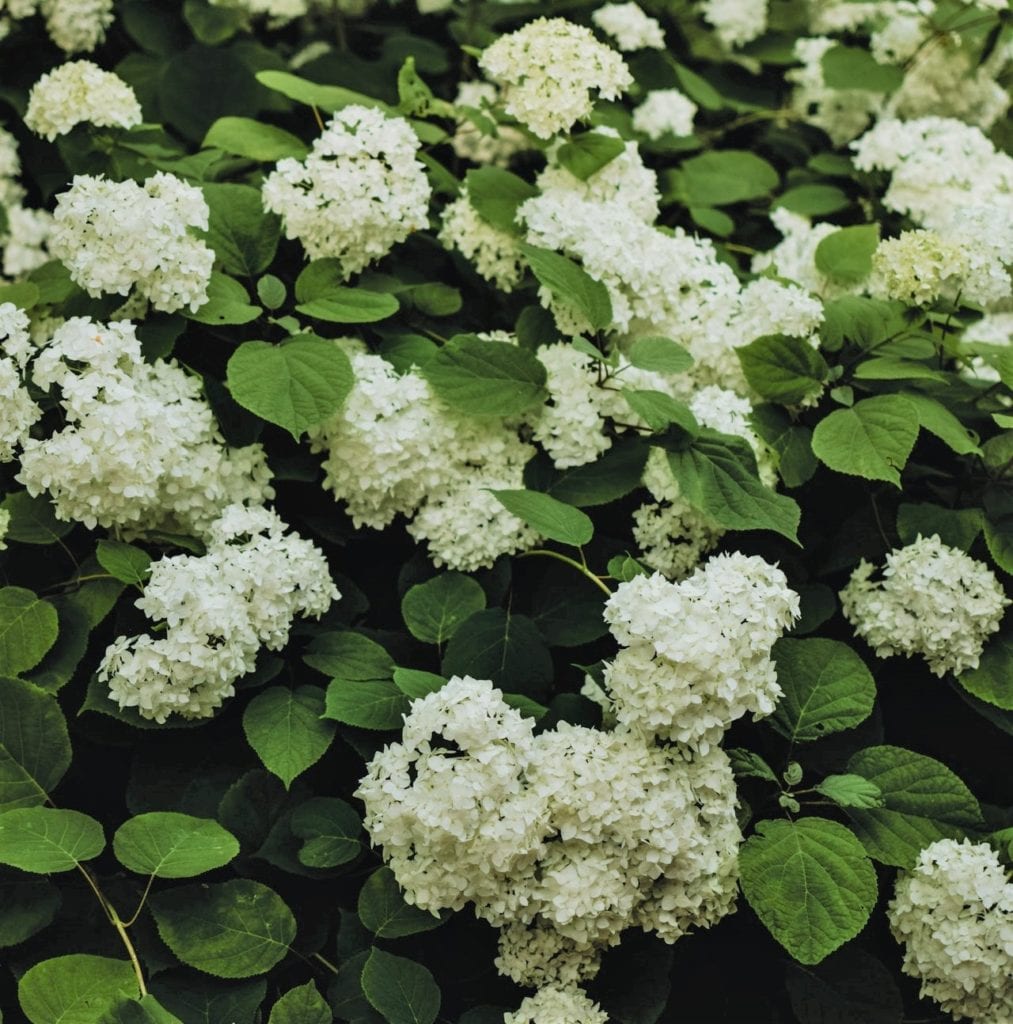
The smooth hydrangea is a new wood hydrangea, and typically has white flowers, looking almost like flower snowballs. These are a beautiful addition to any garden, and the white works well with so many other flowers you might want to grow!
These flowers tend to start light green and then as they fully bloom turn into this vibrant white color. This is one of the easier ways to guess it’s a smooth hydrangea, because of the white flowers.
Prune these back in late winter for optimal flowering. This hydrangea does well in colder winter climates as well. Make sure to water if it’s a hot summer day, without letting the roots sit in too much water. Either a lack of or too much can cause this to wilt.
This hydrangea can also be called a wild hydrangea, and can be found wild in nature in Eastern USA.
Read all about the smooth hydrangea here!
Panicle Hydrangea
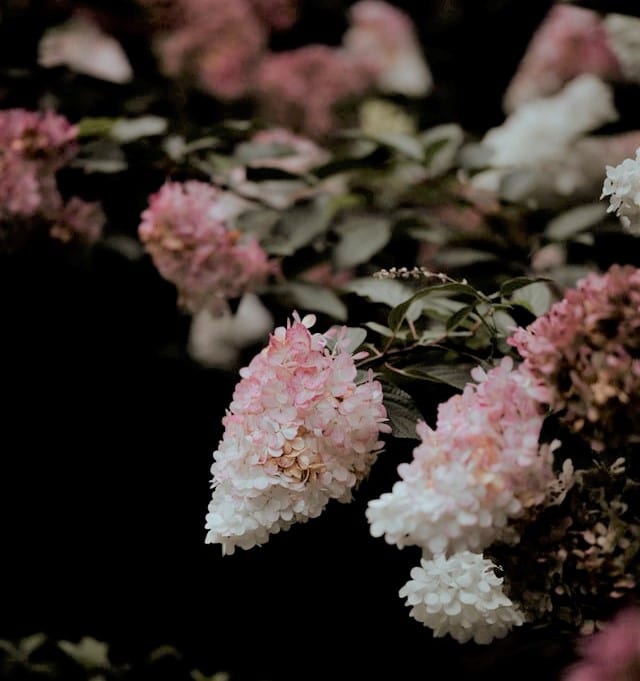
Panicle Hydrangeas are another new wood hydrangea. It’s an easier one to identify because it has a more pointed flower head compared to the others. These flowers bloom in the middle of summer.
This hydrangea variety prefers full sun, or at least 6 hours of sunlight a day. This is one of the more forgiving types when it comes to pruning, as it can survive without being pruned. It will look better and be healthier if you do prune it back a bit, and this can be done either at the end of the blooming season or early spring.
Read all about panicle hydrangeas here!
A small variety of panicle hydrangea is the little lime, which grows only up to 5 feet tall.
Big Leaf Hydrangea
A big leaf hydrangea is aptly named for its large leaves. These are one of the easier hydrangeas to care for, and can be a different color depending on the pH of your soil. Many of these varieties can go from pink to blue with the change of acidity!
These are one of the old wood hydrangeas, so just deadhead when the flowers are dying off, and they should be ready for winter!
Wondering why your flowers aren’t blooming? Read 5 reasons why your hydrangeas aren’t blooming.
This type of hydrangea prefers full sun or at least 6 hours of sunlight. These hydrangeas also like moisture, and will start wilting if they need water. Although this can also be a sign of root rot, so keep in mind the weather you’ve been having.
Read all about French hydrangeas (bigleaf) here!
The most common types of bigleaf hydrangeas are the mophead and lacecap hydrangea. The lacecap is one of the only hydrangea varieties that attract bees!
Oakleaf Hydrangea
The oakleaf hydrangea variety is another old wood type, so it just needs to be deadheaded when the flowers die. This hydrangea is named for it’s leaf shape, which look like an oak’s.
These bloom from spring into fall, depending on the amount of sunlight they get each day. This variety can grow in more shaded areas than others, but might not bloom as much.
This flower does prefer well draining soil, or else it will be prone to root rot. If you want the bush to become fuller rather than spreading out, cut off new growth to keep it from growing spidery-legs of shoots.
Hopefully this helps you decide which type of hydrangea you’re going to plant in your garden, or identify which one you already have!
Pin It!
Want to keep these plant ideas for later? Save them to Pinterest!
